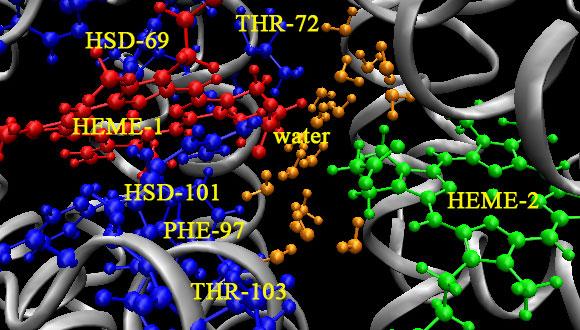Chemical Physics Seminar: Identifying the elementary steps of electro-catalytic reactions
Prof. Ilan Riess, Physics Department, Technion - Israel Institute of Technology
Abstract:
The determination of the precise elementary steps in a catalytic or electro-catalytic process is, in many cases, not possible. This, for instance, is the case in identifying the steps of electrocatalysis at SOFC cathodes. The overall reaction at the cathode is clear, namely an O2 molecule is reduced and dissociated, oxygen ions O2- are incorporated into a mixed conducting (MIEC) cathode or directly into a solid electrolyte (SE). However, the series of elementary steps are not well established. Among others the role of the oxygen vacancy is not really known. Is the oxygen vacancy required in the initial step of chemical adsorption to enable dissociation of the molecule or is it involved only in the final step of the reaction when a single oxygen ion, obtained from a molecule beforehand dissociated, enters a the vacancy?
We discuss a novel experimental method, suggested recently [1,2], for identifying, in a surface reaction, series of elementary steps which include dissociation of adsorbed molecules and end in a slow step. The method is demonstrated by applying it to cathodic reactions on oxides. It relies on 18O isotope exchange. The series of elementary steps is determined from the dependence of the concentration of 16O18O molecule evaporated, on the oxygen partial pressure, P(O2), and dopant concentration in the oxide [A], in any as in Y2O3 doped ZrO2. The dependence has the form r . In many cases the rate of 18O2¬ dissociation has a similar dependence J0 . The four powers (m1,..., m4) are shown to be specific for each series of elementary steps in a set of ten electro-catalytic processes examined. The method allows, among others, to determine in which step an oxygen vacancy is involved.
The method is of fundamental significance. The r(16O18O) and J0 vs. P(O2) and [A] relations are first shown to hold for two consecutive reactions.1,2 The latter allows to identify a whole series of elementary steps which include dissociation of the oxygen molecule and which ends by a slow step. The fast elementary steps are combined into a first fast reaction which is followed by a slow step as the second reaction.
The method can be applied to other materials. In the case of exposure of an hydride to D2 and evaporation of HD, slight changes are introduced into the method in order to account for the isotope mass dependence of the chemical reaction constants.
Reference:
1. I. Riess, Solid State Ionics, 280, 51 (2015).
2. I. Riess, Solid State Ionics, (in press).


